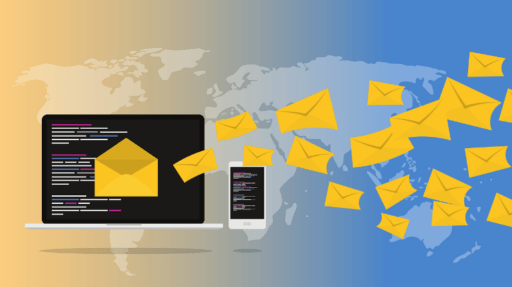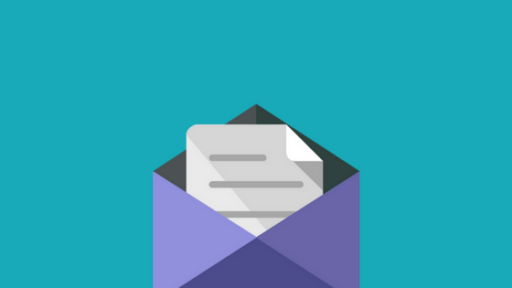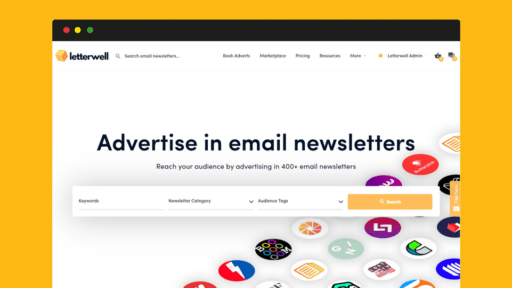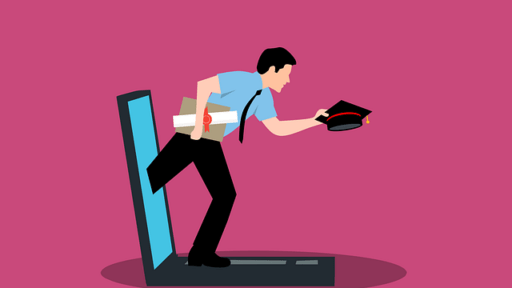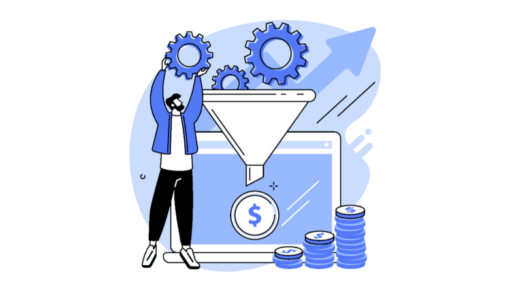Email marketing newsletters are a great way to keep in touch with your clients. You can efficiently share company updates, special offers, and details of new products with a wide client base. More importantly, if done correctly, you can stand out from the crowd like a prized sunflower at a gardening show.
Creating email newsletters to encourage customer engagement and build relationships can be a cost-effective way of gaining and retaining customers. However, it isn’t without its challenges. The average office worker receives 121 emails per day and responds to only 25% of them.
So how do you stand out from the crowd?
By ensuring high-quality and valuable content, you can increase subscriber loyalty and aim for a great engagement rate.
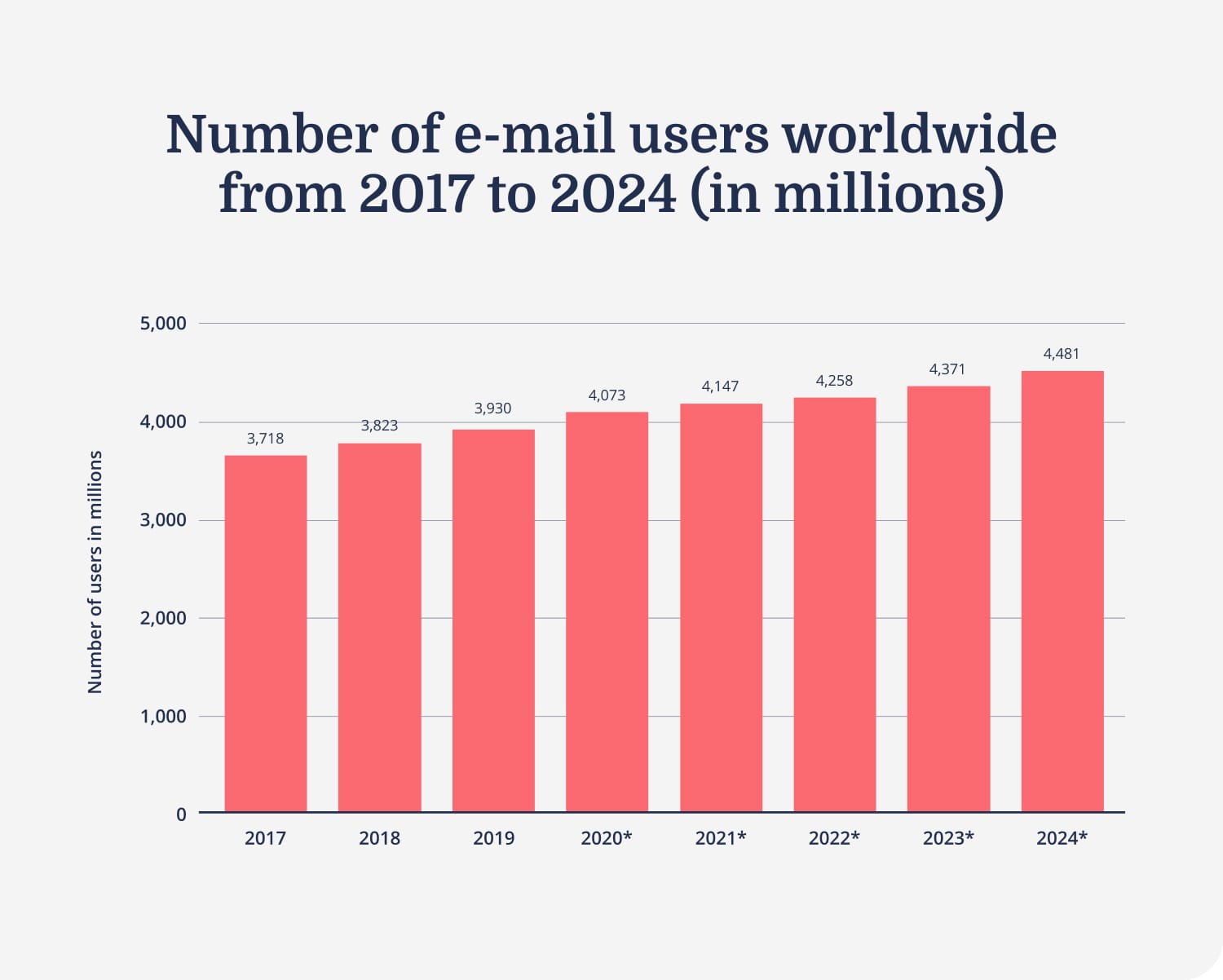
Why is email marketing successful?
People who subscribe to your newsletters have already invested in your business. They’ve signed up, and they love what you do. It’s like a match on Hinge! They’re expecting your email. They’re interested in the product or service you offer and are a much easier target audience to take through your sales funnel. This type of marketing has a great ROI because of that and it’s relatively low cost and low risk.
What’s more, you can use key performance indicators to benchmark the success of each email marketing campaign and modify what you’re doing as you go along. This means you can improve the way you use email marketing on a regular basis and really make it work for you.
Think of it like adding extra seasoning to a bland casserole.
Say, you’ve spent time improving your customer experience through building good SEO to increase website or blog traffic and gain subscribers. In that case, email newsletters will keep the communication flowing and strengthen your relationship with customers. Regular communication keeps you front of mind, so even if customers don’t click on your call to action, they’ll think of you the next time they need your product or service.
For larger companies that automate systems, orchestration technology can be used to coordinate the systems of your omnichannel approach and bring everything together seamlessly, freeing up time in your business. What is orchestration? It’s the coordination of multiple digital systems in one workflow.

So, when it comes to emails, your workforce can focus on creatively producing engaging content, rather than being bogged down in rote tasks, as the technology will handle the rest.
Top 13 Email Marketing Newsletter Tips for Maximum Engagement
The success of an email marketing campaign can depend on several factors. It’s not a simple case of telling your customers what you want them to know, or trying to sell, sell, sell.
Customers these days are savvy and they’re bombarded with marketing. To stand out, you have to do more to avoid the virtual dumpster. Here are our favorite tips for making email newsletters work for your business. Here are our favorite tips for making email newsletters work for your business.
1. Use an attention-grabbing subject line
Most people check their email at least once a day and each person has, on average, 200 unopened emails in their inbox. It’s therefore vital you curate a stand-out subject line to give your email the best chance of being opened. This is where you really need to know your customer base and understand what will pique their interest.
And don’t forget your preheader text.
This is the bit of text that shows up as a preview in your email inbox. Whilst your subject line is the eye-catcher, the preview text is the next best thing so make sure you think about what you want to say here and really make it attention-grabbing.
2. Give something away
Customers are more likely to engage with a newsletter if you avoid simply trying to sell directly. Newsletters should include engaging content, which could be a piece of advice, some important information, or something that entertains.
Including images or videos will help customers value the content of the newsletter more. You could also consider giving away something other than advice or information, such as a special offer or discount code.
Running a virtual faxing service for example, is a niche market. This type of B2B company should have a good understanding of its client base and know how to target email newsletters that offer value to their subscribers.
Or, if you’re a provider of e-commerce software, newsletter subscribers might be interested to learn about a new Shopify integration with ERP tools you provide. The key is to make it relevant to the recipient.
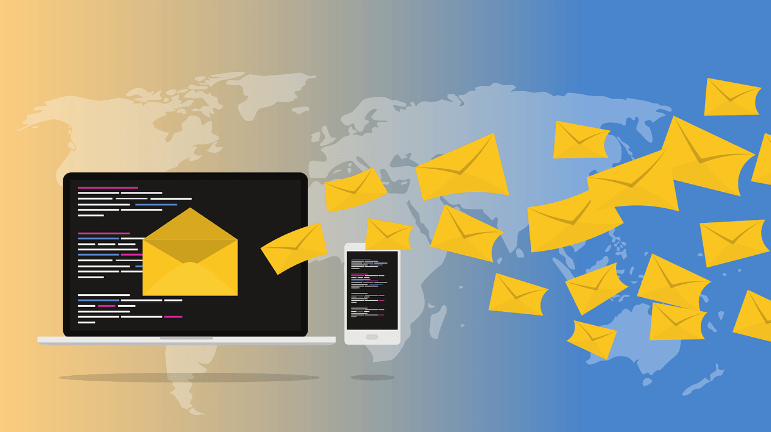
3. Make your newsletter look appealing
Aesthetics are important in email marketing. If you’ve put hard work into creating engaging content you could easily lose the customer with poor design. Style and design should be brand reflective.
Consider everything from the colors, images, and fonts used to the spatial aspect of the layout. In addition, the language and tone used in the newsletter should be aligned with your brand. The text should be broken up and easy to read and any links should be clear and visible.
4. Keep it mobile-friendly
In 2021, 43% of emails were opened on a mobile device, with Apple devices taking up a large chunk of that. Emails that don’t open, display, or function correctly on a mobile device can be frustrating for the user. Emails that are not properly formatted will most likely be deleted straight away.
5. Tap into current trends in email marketing newsletters
No matter what your business offers, there will always be current trends in your field. New hardware or software developments, new regulations, market shifts, or new products. There will also be things in the media that you could tap into, popular videos, or even memes that are doing the rounds.
6. Add video to your emails
Email marketing has taken a transformative leap with the inclusion of video content. According to a study by HubSpot, including a video in an email can boost click-through rates by up to 300%. You can create a video with the help of a video editor without any editing knowledge.
7. Check out what works
If you’re stuck for ideas, look at top-performing newsletters or email inspiration galleries. While can’t copy them, you can get a good idea of style and tone and get a feel for what is currently working.
8. Consider your omnichannel marketing
Automation across your business and having a uniform level of service, branding, and communication are vital. If this is in place, your email marketing will make sense to your customers and help to strengthen your brand and customer relationship.
9. Have a strong call to action
The purpose of your newsletter is to remind your customers that you’re there. If you’ve done everything right and engaged them enough, a strong call to action should encourage some subscribers to buy.
This could be engaging in a special offer, a new product or service, or reminding them to re-purchase an item or upgrade. If you’ve put the hard work into building that relationship, customers will trust you and be happy to engage. The call to action must be clear. Tell the customer exactly what you want them to do, for example ‘click here for 20% off’ or ‘buy it now’.
10. Send your newsletters at the right time
Sending your newsletter can be more effective if you choose your timings right. With most people checking their emails in the morning when they wake up, it’s unsurprising that open rates drop once working hours end.
Deciding on which day of the week is as important as determining a good time to schedule your newsletters. Recent studies show that whilst weekdays have a similar open rate, there is a slight drop-off at the weekends:
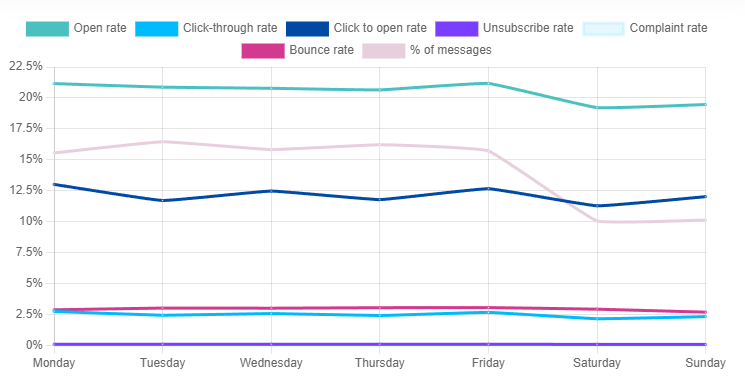
11. Send the right number of emails
Statistics gathered from a 2021 study show that the open rate of emails sent reduces, the more newsletters are sent per week. This could differ from industry to industry, so it’s important to monitor any campaign’s success, but a great starting point would be one email newsletter per week.
And finally, don’t forget to always have a visible unsubscribe link. People who don’t want to know about your business are not your target market and unsolicited emails will just frustrate them and go into the bin.
12. Get help with writing
Not every business has the capacity or talent within to craft compelling material. In many businesses, team strengths may lie elsewhere. This is when you could consider using a professional to write your dedicated emails.
This type of professional service will ensure you get across a key message as well as any other newsletter content you’d like to share.
13. Consider newsletter adverts
Newsletters hitting the mailbox of all your clients are not just valuable to you. Non-competitive but similar businesses may pay to advertise in your newsletter. Similarly, you could look at dedicated placement on other businesses’ newsletters to complement your own campaign.
Is there anything to lose with email marketing newsletters?
In short, no.
If done with a bit of thought, email newsletters are a fantastic, cost-effective way to engage your clients and make them feel excited about what you have to say.
Consider the strategies we’ve looked at above to give them their best shot; the timings, content, audience, frequency, and more, and don’t be afraid to test out alternatives. Trusting your workforce to bring more creativity to the table will help them to feel more valued and in turn, help to motivate them as a side bonus.
In times of high competition, re-engaging existing or past clients is a cheaper, easier way to sell and should always form part of your marketing strategy.
So, with a happier workforce and an engaged database of customers, what do you have to lose?
This guest post was written by Grace Lau. Grace is the Director of Growth Content at Dialpad, an AI-powered cloud communication platform for better and easier team collaboration.



